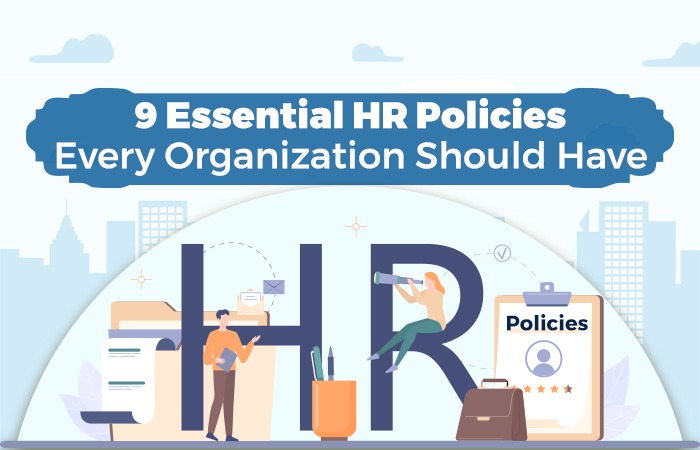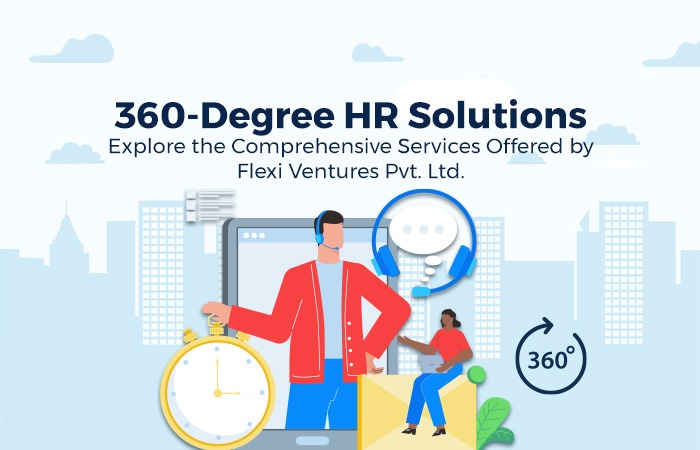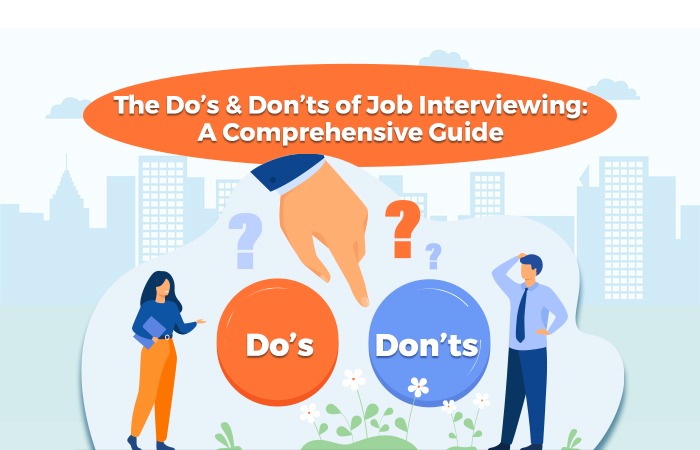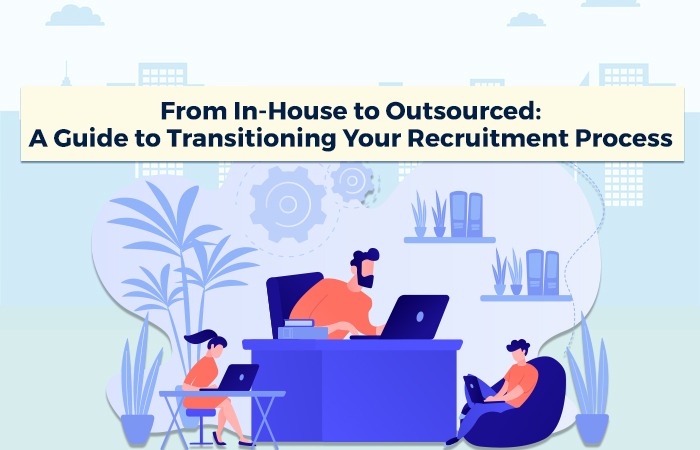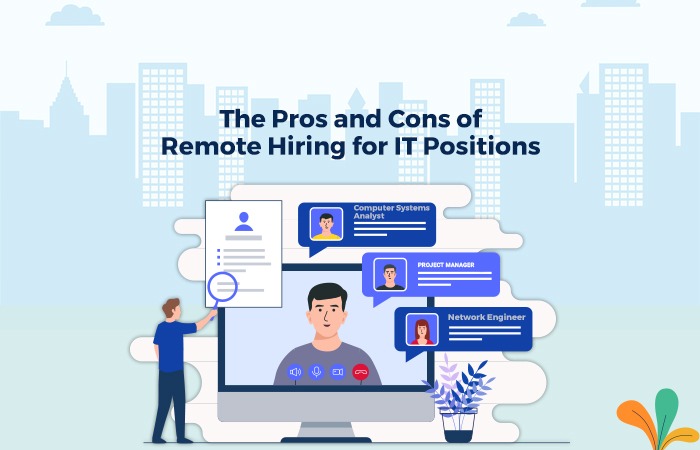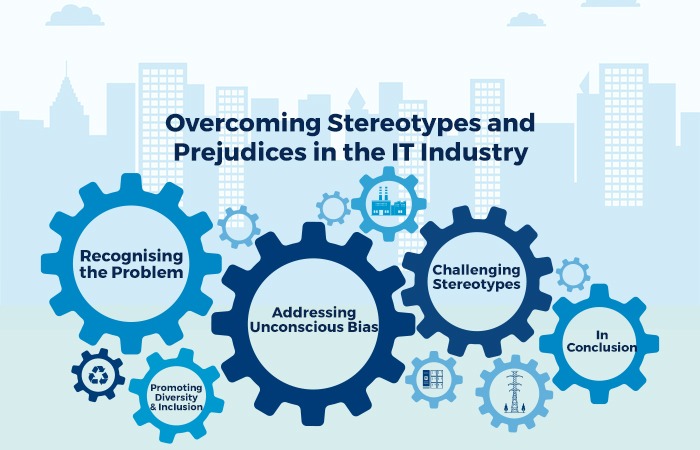Even as the unemployment rates shoot up across the world due to the pandemic, talent scarcity remains a major challenge for organisations. According to a recent survey as high as 54% of companies globally report talent shortages. Attracting and retaining skilled workers has become the biggest challenge for companies across the globe.
Swiftly changing technology and skills have led to unfilled positions leading to reduced productivity & efficiency.
Companies are now realising the importance of INTERNAL MOBILITY in bridging the talent gap.
Let us understand what Internal Mobility is and how it can help you in your search for a skilled workforce.
Internal Mobility is the movement of employees to a new role or position within a company. The movement can be horizontal, into a different department, or vertical.
There are various benefits to developing an Internal Mobility strategy.
Career Growth & satisfaction – Most employees, especially millennials, are looking for career growth. According to a recent study it was found that no. 1 reason people leave their jobs is a lack of career advancement or growth. Providing an option to the employees to move internally into more challenging roles will help them feel satisfied and empowered too. It also means the employees are more motivated and perform better when they see opportunities for career growth within the organisation.
Better retention – It goes without saying that happy and motivated employees stay longer in a company and add to the overall productivity and efficiency levels.
Reduced recruitment costs –According to a study conducted in 2019, the average cost per hire can be as high as $4000. This cost is expected to increase further because of the current talent shortage. Internal mobility helps save the costs associated with hiring someone from outside.
Lesser time to productivity – Hiring someone who already understands the organisation goals, policies and culture helps save the time organisations typically spend in onboarding new hires.
Now that it is clear how Internal Mobility can help companies, let us delve a little into how you can start creating an Internal Mobility strategy in your organisation.
Create a culture of growth
Like any other strategy, implementing this strategy also requires a change in the culture of the organisation. Most companies look externally as soon as an opening comes up. Since there is no emphasis or focus on internal hiring, employees who would like to apply are not sure what is the process and how would their managers or the team members react to their application.
Create a culture where managers look internally for any suitable candidate before they call the recruitment agencies. Internal search should not be limited to a particular department or role or skill. Also, look for the overall experience and attitude to learn and grow in an employee.
Offer training
Start with conducting a skills-gap analysis in your organisation to identify the skills or the areas where training would be needed. Most employees would fit into new roles with an on the job training. Wherever you feel the employee has potential and meets most of the requirements, give them an opportunity by training them on the skills they are lacking.
Allow for job rotation
Another way of creating a pipeline of candidates internally is by offering job rotation or volunteering options. You may not have an opening at the moment but you can create a pool of skilled talent by training and giving employees a chance to work in various departments so that when the opportunity arises, you can move them swiftly into the new role. This also helps create a more diversely experienced employee base and enhances productivity and efficiency.
Creating opportunities internally is beneficial to your company in terms of not just skills development but also getting your company future-ready. Employees also are more engaged and happier when they see the potential for growth in their career in the company they are working for.



